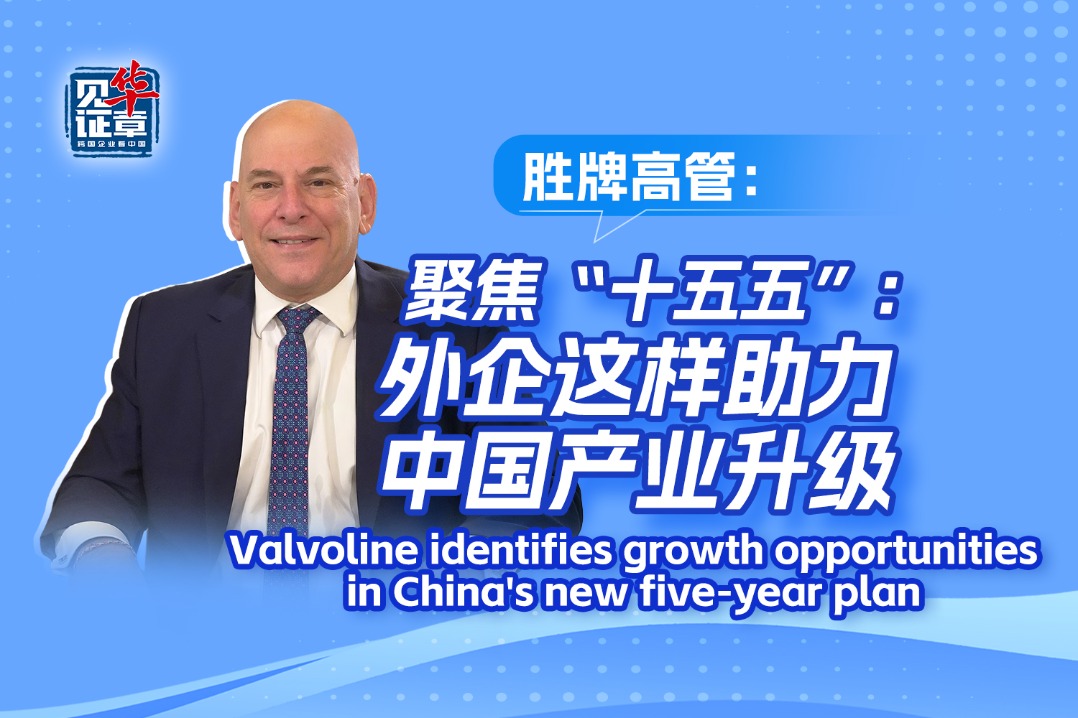China helps Indonesia hit the fast track


Travel time cut
China has liaised with nations and regions involved in the Belt and Road Initiative, aiming to use its experience and technology to support the development of more countries. However, the motives behind China's actions have been questioned by some international commentators.
Responding to these concerns, Riyadi said, "We will benefit from this project, particularly in terms of economic and regional growth, as well as later, when the high-speed route has been operational for some time."
Connecting Jakarta with Bandung, the heavily populated capital of West Java, the high-speed line serves a population of 40 million, drastically reducing travel time between the two cities from more than three hours to just 40 minutes.
The World Bank has said that implementing all the projects within the BRI framework will generate about $1.6 trillion in global revenue annually by 2030. This would account for 1.3 percent of global GDP, with 90 percent of the benefits shared among participating partners.
Lu said, "From 2015 to 2030, almost 40 million people will be lifted out of poverty under the auspices of the BRI."
The new line's high operating speed of 350 km/h is motivating Mustofa, the driver, to study high-speed rail technology.
"As I am responsible for the safety of passengers traveling at such a speed, I feel a great deal of pressure," Mustofa said.
This responsibility is inspiring Mu, Mustofa's instructor, to instill a sense of awe in his pupil.
"When I was a trainee, my instructor told me to regard high-speed trains with a sense of awe so that I could concentrate on my work and transport passengers safely. I hope Mustofa can develop this sense of awe. It is the most important thing I want to pass on to him," Mu said.
Mustofa hopes to fully master the technology for driving bullet trains in the next few months to make his mark on history as one of his country's first high-speed train drivers.
























